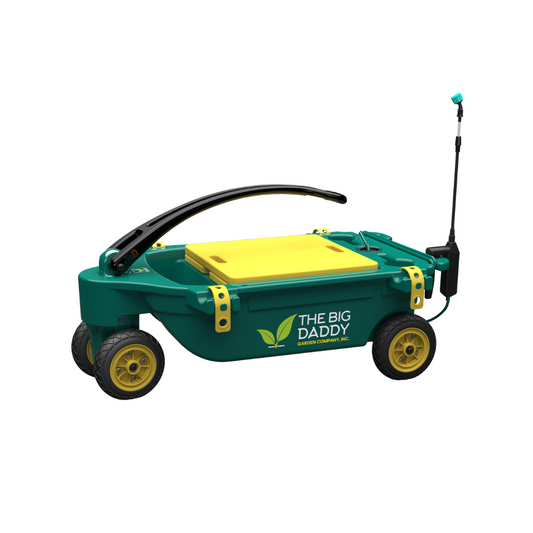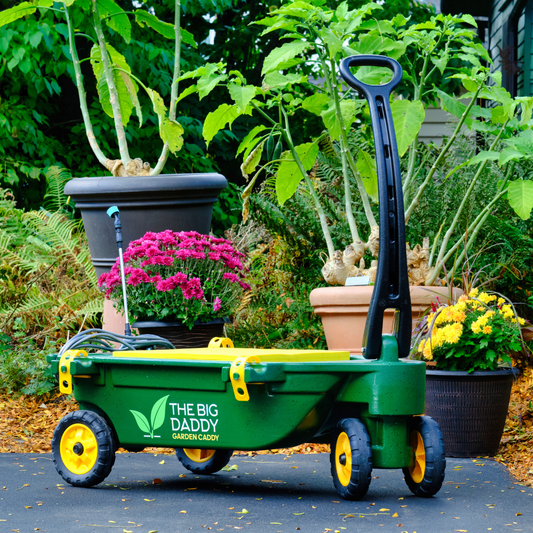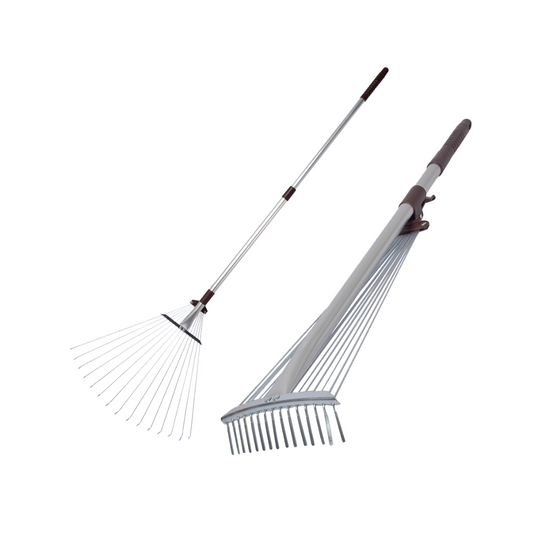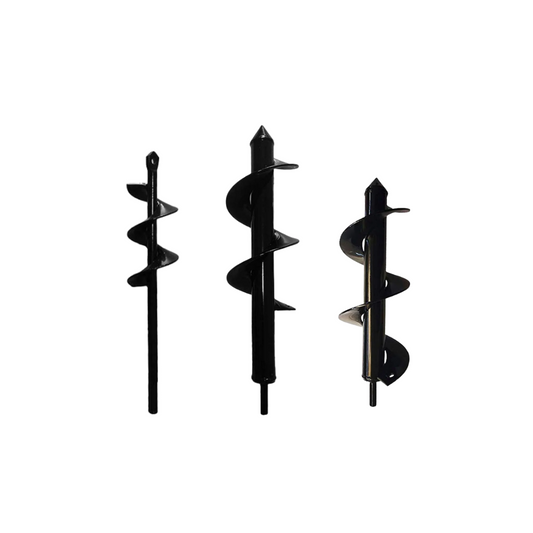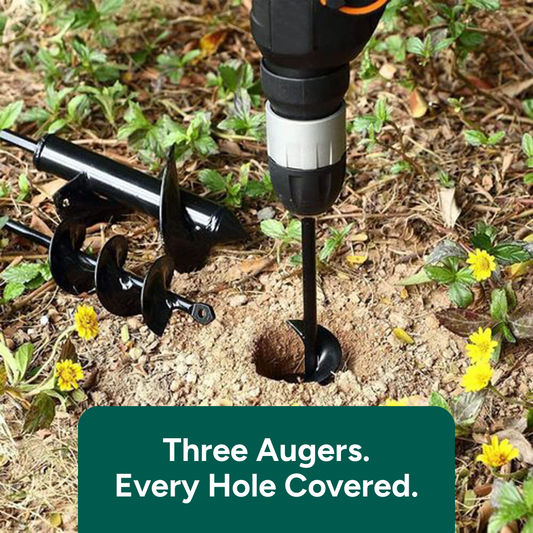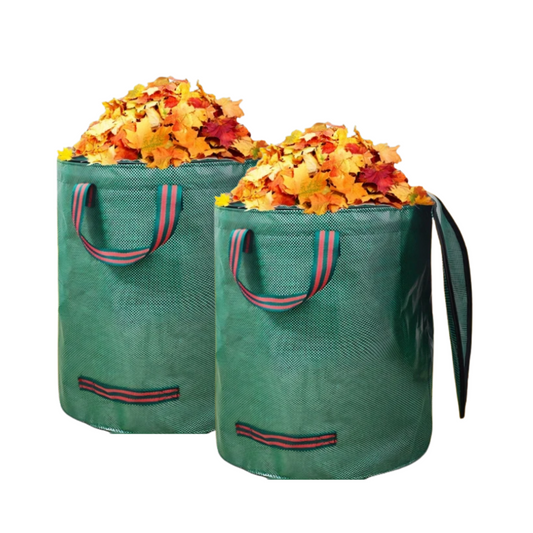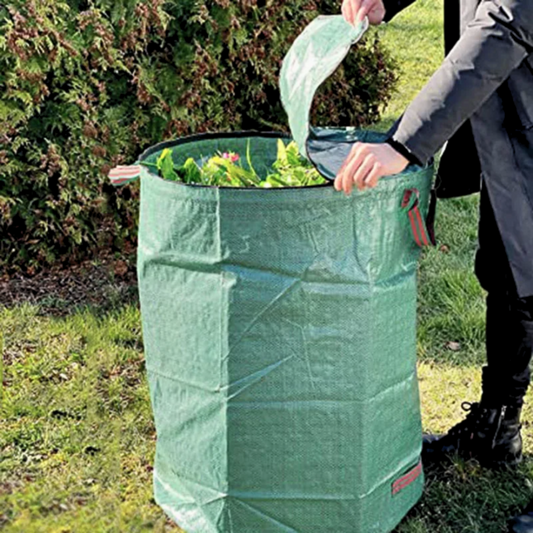
PLANT TOXICITY FOR ANIMALS
PLANT TOXICITY FOR ANIMALS
Plant Toxicity in Animals: What to Avoid to Keep Pets Safe
We here at Big Daddy Garden Company understand that animals are more than just pets, they’re often adopted into our family! We also know that they are naturally curious! Part of their exploration often involves sniffing, chewing, or even swallowing plants. I know this all too well with 2 dogs of my own, Gigi and Stella, how they love to get into my gardens! While many plants are safe for pets, some common varieties can be highly toxic, leading to symptoms that range from mild irritation to serious health complications, or even death. As responsible pet owners, it’s essential to know which plants to avoid bringing into your home and garden, especially if you have pets that tend to nibble. I have had to learn to become vigilant about every bulb that I drop in order to protect a part of our family and it is our hope that we can help you do the same for yours! Let’s get into it…
Why Are Some Plants Toxic to Animals?
Plant toxicity in animals is primarily due to natural chemicals in plants that act as defense mechanisms. These compounds, which include alkaloids, glycosides, and essential oils, help deter herbivores from grazing on them in the wild. While they may not harm certain wildlife, domestic animals like cats, dogs, rabbits, and birds can be extremely sensitive to these substances. Toxic reactions can affect multiple systems within the body, from the gastrointestinal tract to the nervous system and liver.
Common Toxic Plants to Avoid
Here are some of the most common plants toxic to animals, particularly cats and dogs:
- Lilies: All parts of lily plants (especially Lilium and Hemerocallis species) are highly toxic to cats, even in small amounts. Ingestion can cause acute kidney failure, which can be fatal. Symptoms include vomiting, lethargy, and lack of appetite.
- Sago Palm: This popular houseplant and landscape addition is extremely poisonous to both cats and dogs. The seeds (nuts) are especially dangerous, and ingestion can lead to severe liver damage. Symptoms may include vomiting, diarrhea, seizures, and liver failure.
- Oleander: This outdoor plant, known for its beautiful flowers, contains toxic compounds that can affect the heart. Ingestion can cause abnormal heart rhythms, which can be life-threatening. Other symptoms include drooling, vomiting, and weakness.
- Aloe Vera: While beneficial for humans, aloe vera is toxic to both cats and dogs. It contains anthraquinones, which can cause vomiting and diarrhea if ingested.
- Tulips and Hyacinths: The bulbs of these popular spring flowers contain toxins that can lead to intense gastrointestinal upset. Pets that dig up and chew on these bulbs can experience drooling, vomiting, and diarrhea.
- Pothos (Devil's Ivy): Common as a houseplant, pothos contains insoluble calcium oxalates that can cause oral irritation. Pets who chew on pothos may experience drooling, difficulty swallowing, and vomiting.
- Dieffenbachia (Dumb Cane): A popular indoor plant, dieffenbachia can cause burning and swelling of the mouth, tongue, and throat in pets. This reaction can lead to difficulty breathing and swallowing.
- Autumn Crocus: This plant is especially dangerous as it contains colchicine, which can lead to vomiting, bloody diarrhea, shock, and even respiratory failure.
Symptoms of Plant Toxicity
Symptoms of plant poisoning vary based on the plant, the amount ingested, and the type of animal. Common signs include:
- Vomiting and diarrhea
- Drooling or foaming at the mouth
- Lethargy or weakness
- Difficulty breathing
- Seizures or tremors
- Abnormal heart rhythms
- Lack of appetite
In the case of highly toxic plants, symptoms may escalate quickly. Knowing the signs and acting quickly by contacting a veterinarian can make a crucial difference.
Creating a Pet-Safe Environment
To protect your pets from plant toxicity, follow these tips:
- Know Your Plants: Familiarize yourself with the plants you have at home, and remove any known to be toxic to pets. There are many pet-safe plants, such as spider plants, Boston ferns, and African violets, that can provide greenery without posing risks.
- Keep Outdoor Areas Safe: If you have a garden, ensure it’s free of toxic plants, especially if your pets have access to the area unsupervised. Consider fencing off gardens or flower beds with potentially dangerous plants.
- Monitor Your Pet’s Behavior: If your pet shows interest in chewing plants, provide safe alternatives like cat grass or pet-safe chew toys to redirect their behavior.
- Be Prepared: In case of an emergency, have the contact information of your veterinarian and the nearest emergency animal clinic readily available. The ASPCA Animal Poison Control Center is another valuable resource and can offer immediate guidance over the phone.
Final Thoughts
Being aware of toxic plants is a proactive step in pet care. While it may take some research and adjustments, creating a pet-safe environment filled with non-toxic plants can give you peace of mind while allowing you to enjoy nature’s greenery. Prevention is the best measure, and when it comes to plant toxicity, knowing what to avoid is crucial for every responsible pet owner. And as always, thank you for inviting Big Daddy Garden Company into your garden!

